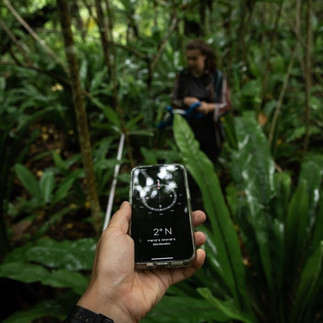Welcome back to Eleanor who went back to the Chagos Islands to carry out more work on the Bertarelli project for the past three weeks.
The projects involves comparing islands with invasive rats (rattusrattus) to islands without rats. On islands populated by rats, seabirds are largely absent due to rat predation on bird chicks and eggs. Seabirds are important vectors of nutrient to tropical islands, fertilizing forest and marine ecosystems with their guano.
The project is a collaboration between Oxford, Exeter and Lancaster Universities. The aim of the fieldwork was to measure nutrient flow and its effect on tropical forest and marine environments. Measurement techniques involved setting up forest plots and taking leaf, branch, tree core and soil samples, as well as underwear coral reef and fish measurements. A fixed-wing drone equipped with a multispectral 10-band camera was flown to scale up field measurements to the landscape scale.
Both the land and marine ecosystems are very different on bird-populated vs rat-populated islands. Bird-populated islands have much larger nutrient flows than rat-populated islands, resulting in higher biodiversity; faster tree, coral and fish growth; and more forest and reef biomass. Eleanor’s work focuses on comparing and quantifying the effect of rats on the forest ecosystem to inform rat eradication programmes.













Comments